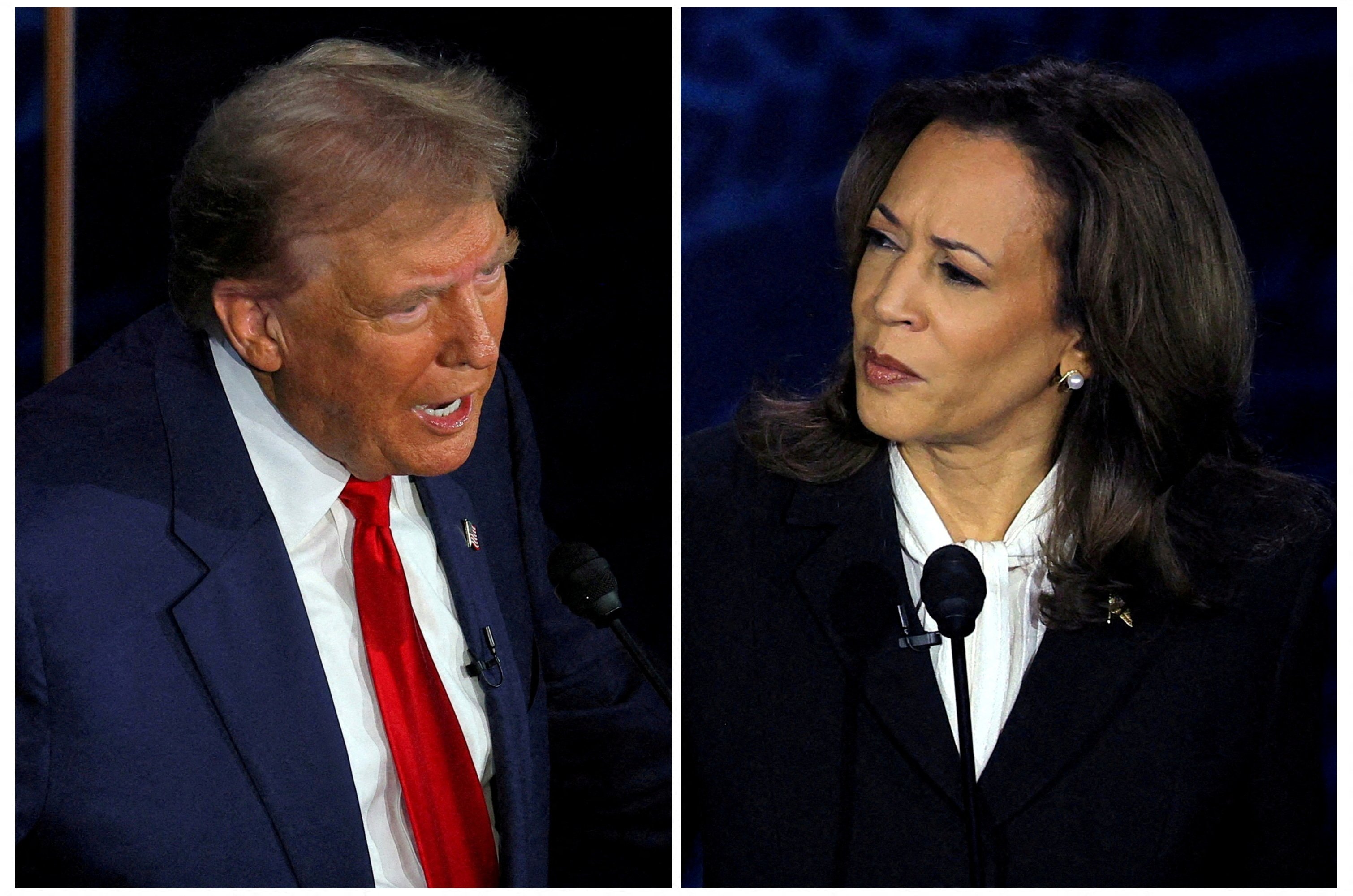Prime
ADF’s ‘Lhubiriha massacre’ is like LRA’s 1996 blunder

Mr Charles Onyango-Obbo is a journalist, writer and curator of the “Wall of Great Africans”.
What you need to know:
- As long as Kinshasa remains an ineffective and even collaborationist state, it opens the door wider for a “South Sudan solution” in the east to deal with problems like ADF.
On the night of Friday, June 16, 2023, militants of the Ugandan rebel group Allied Democratic Forces (ADF) committed easily the most horrific atrocity of the year, killing 40 pupils at the Lhubiriha secondary school in Mpondwe, western Uganda.
Five members of the extremist Islamic State group (IS)-affiliated ADF, who are based in the Democratic Republic of Congo, entered dormitories, setting fire and using machetes to chop up the pupils. Twenty pupils were attacked with machetes, and 17 were burned to death. They also killed a school guard and three local residents. Six students were also abducted to carry the rebels’ loot from the school’s stores and returned with them across the border into the DRC.
Grisly as the Lhubiriha secondary school attack is, it is by no means the ADF’s worst attack on a Ugandan school. It looks so because it has happened in a hyper-social media age. The latest episode seems like a poorly timed anniversary event. On June 8, 1998, ADF attacked the Kichwamba Technical Institute in Kabarole, Uganda, setting three dormitories on fire, killing 80 students (double the Lhubiriha toll). They also abducted 100 students.
Historically, rebels fuelled by religious fundamentalist zeal have had a thing for schools. On October 10, 1996, Joseph Kony’s Lord’s Resistance Army (LRA) rebels abducted 139 secondary school female students from St. Mary’s College in Aboke, in today’s Kole District. The school’s famously brave and dedicated deputy head, Sister Rachele Fassera, an Italian nun, pursued the rebels and successfully negotiated the release of 109 girls. For the LRA, a Christian-traditionalist fundamentalist group, the Aboke abductions were a turning point. It drew unprecedented international attention and galvanised global political and military support against the rebels, ensuring it was defeated mainly inside Uganda seven years later.
It was driven into now-independent South Sudan, the DRC, and the Central African Republic. Whether the ADF’s Lhubiriha massacre also proves a turning point waits to be seen.
For now, it demonstrates a fact that might have escaped the attention of some. If one takes 2006 as the year when its ability to cross back from either South Sudan or DRC and stage inside Uganda was decisively eliminated, Kony and his band were a threat for 19 years. Kony formed LRA in 1987 when he was 26 years old.
In 1988, the National Army for the Liberation of Uganda (NALU) was founded to drive President Yoweri Museveni out of power. It was active in the Bundibugyo-Kasese area in the initial stages.
In 1995, according to most reliable accounts, the ADF was formed by a coalition of rebel forces, including the Uganda Muslim Liberation Army and (NALU). They remained in the same Bundibugyo-Kasese region but moved into the DRC under pressure from the Uganda People’s Defence Forces (UPDF). Counting its NALU roots, ADF has been active for 35 years, 16 years longer than the LRA. It has retained the ability to stage deadly cross-border raids back inside Uganda much longer than LRA, including terror attacks in and around the capital Kampala in 2021.
In response, in mid-2022, the UPDF launched Operation Shujaa in eastern DRC to destroy ADF. There have been mixed reviews of the operation. Several reports have noted that ADF attacks inside DRC have increased since Operation Shuuja. In a report last year, the often-thoughtful Congo Research Group (CRG) concluded that the UPDF lacks the capacity to dismantle the ADF in the vast territory of the eastern DRC.
It is time for Uganda to draw new lessons from the LRA and ADF. Rather than leaving a path for them to withdraw into neighbouring countries, the new approach should be that they should not be allowed to get away. Both LRA and ADF got away, but now with the latter still active and deadly, the UPDF might consider withdrawing from inside DRC and setting up a defence wall along the common border to prevent them from crossing back into Uganda. And for those that do, to prevent them from going back into DRC.
The long-term alternative could cause a geopolitical earthquake. Khartoum’s support for the LRA speeded up the independence of South Sudan, with Uganda throwing a lot of military and political resources behind the Sudan People’s Liberation Army (SPLA) long fight for freedom and giving the independence hardliners an upper hand. Most in the SPLA had always wanted a free South Sudan but as part of the larger Sudan. Uganda’s need to create a buffer against the LRA under a friendly government hardened the independent-state line.
The ADF is active primarily in DRC’s North Kivu province and, lately, Ituri. DRC’s eastern region has a long secessionist tendency. As long as Kinshasa remains an ineffective and even collaborationist state, it opens the door wider for a “South Sudan solution” in the east to deal with problems like ADF.
Mr Onyango-Obbo is a journalist, writer and curator of the “Wall of Great Africans”.
Twitter: @cobbo3



